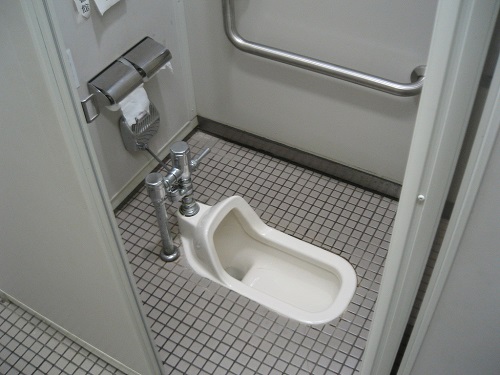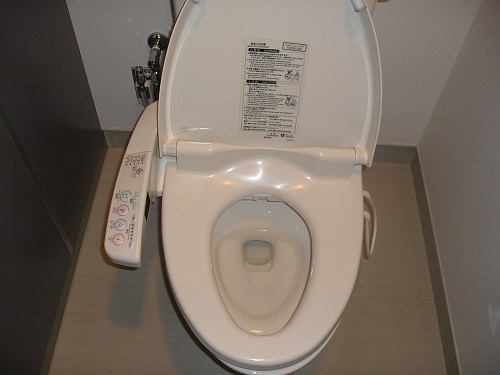Checking the overhead signs as I stroll through the small railway station on the way back to my hotel, I see an arrow pointing to the public washroom. Right. I probably should make a stop. As I’m well outside the centre of the city, the trip back to the hotel will be more than 40 minutes.
As usual, there’s a long line of women with shopping bags patiently queuing for five stalls. It will be a while.
You never quite know what you are getting with a Japanese toilet. Especially if it is a unisex option in a restaurant or bar or some location off the tourist grid in the countryside. Sometimes washrooms have traditional porcelain receptacles over which one must perch like a back catcher.
Others facilities offer both computerized sit down options as well as Japanese squat-style conveniences. Some are pristine and others quite the reverse.
In addition, public toilets anywhere are often without toilet paper or hand towels Westerners expect as standard. I never travel anywhere in Japan without tissue and moist towels in a pocket. In case. (I can’t tell you how many women have thanked me for sharing that bit of information as it saved them from an unbearable problem.)
If there were a JR hotel or department store adjacent to this station as there often is in larger centres, I’d choose the hotel over the station’s amenities. Exuding Zen-like luxury and elegance with facades of marble, subdued lighting and soft furnishings, hotel washrooms are infinitely preferable to the options found elsewhere.
An equally preferable alternative is the upper floors of department stores. There washrooms are likely pristine and free of line-ups. The ground floor? Not for this woman. Not even in the poshest depaato. A mistake I’ll not make twice.
Our line has slowly inched forward. Ahead of me I now have four women about my age all wearing individual variations of a standard uniform reflecting their housewife status and age: felted bucket hats, Uniqlo jackets and corduroy trousers.
Suddenly the woman at the front of the line bends over and rolls her pant legs up to the knees. Immediately the others follow suit.
Uh-oh. They must know something of what we’re in for that I don’t. I know better than to question it. I mutter Eh, wakari masu. Domo arigato. I do the same. This sets the others off. We look into each other’s eyes laughing in solidarity—members of the toire sisterhood.


